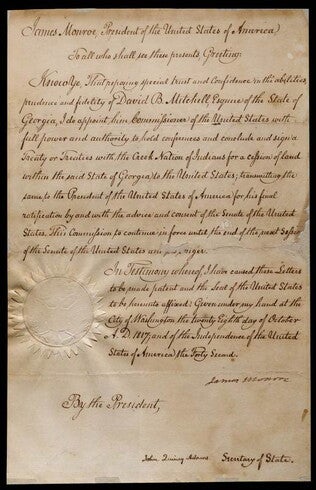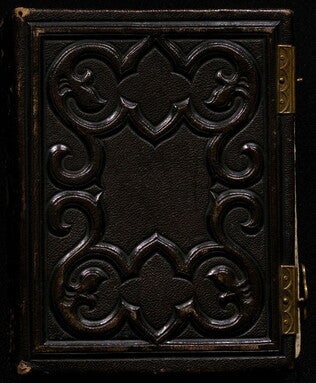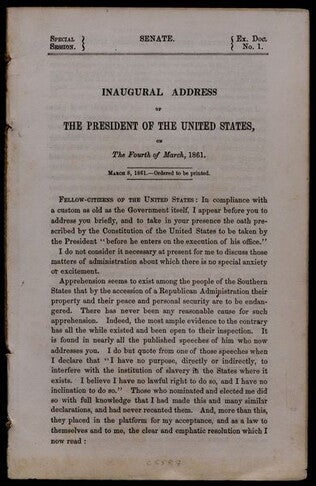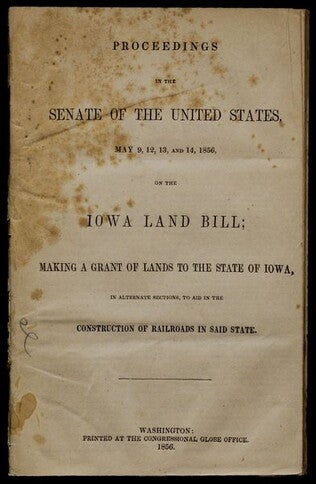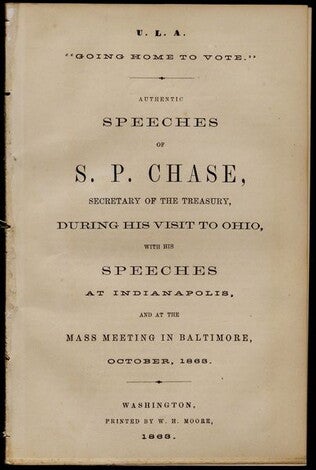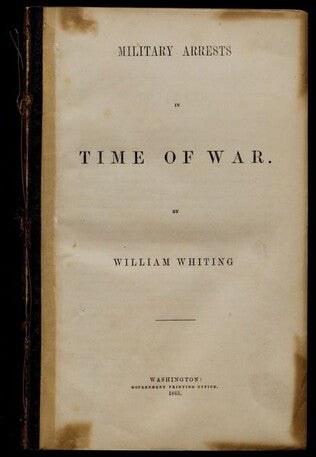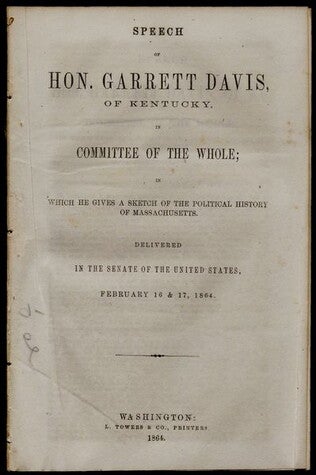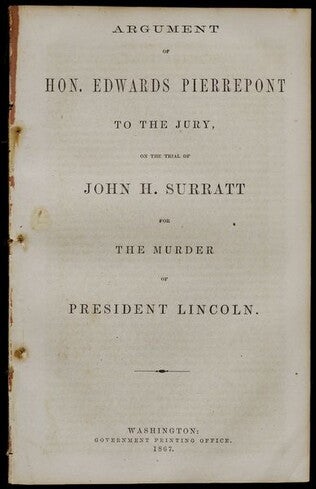28 October 1817
Monroe, James (1758-1831)
[Appointment of David B. Mitchell as Commissioner of the United States]
Countersigned by John Quincy Adams as Secretary of State. Appoints Mitchell a commissioner to negotiate with the Creek Nation of Indians in Georgia.
GLC01255
